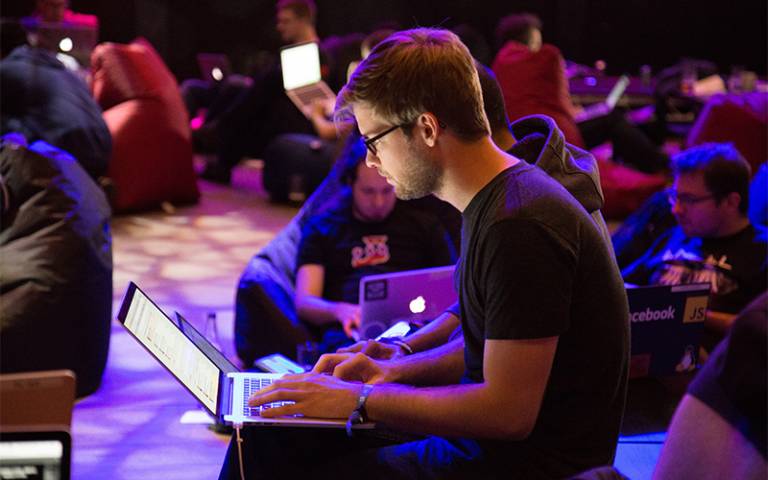Second International SEAHA Conference 2016 – a great success!
24 June 2016

The 2nd International SEAHA conference took place on 20-21 June at the School of Geography and the Environment at Oxford University.
The Annual Conference is a student-led initiative of the EPSRC-funded SEAHA Centre for Doctoral Training, which is a partnership of UCL, Brighton and Oxford universities.
The conference was organised by a committee of SEAHA students and chaired by Scott Allan Orr, a second year SEAHA student based at Oxford University. Reflecting on the success of the event, Scott said:
“This year’s conference built on the success of the inaugural event while introducing ambitious new elements to enhance the programme: we were especially proud to develop breakout sessions that enabled delegates with common interests to dig deeper into specialised techniques and topics. An accompanying thematic series with Heritage Science journal will further solidify the conference’s role and importance in our growing field. Tours of our world-leading scientific and conservation facilities and networking opportunities hosted in some of the university’s most historic venues demonstrated that Oxford truly is a ‘living laboratory’ for heritage science. The feedback we’ve received has been nothing but positive; I can’t wait to experience what Brighton has in store for us next year.”
Over 150 delegates attended the conference over two days, representing 75 institutions based in more than 20 countries. The programme included keynote addresses from three eminent individuals:
Sir Philip Campbell, Editor-in-Chief, Nature
Dr Ewan Hyslop, Head of Technical Research and Science, Historic Environment Scotland
Prof Philippe Walter, Head of the Laboratory of Molecular and Structural Archaeology, Sorbonne Universités, CNRS, UPMC.
Following the event, Sir Philip Campbell said:
“There are essential research activities that support discovery and conservation of the buildings, documents, artworks and community histories that make up our heritage. This work makes a great contribution to economies and to well-being. All strength and support to the researchers who do it!”
The conference was an incredibly multi-disciplinary event, providing a platform for scientists, researchers, engineers, professionals, practitioners, entrepreneurs, and policy-makers, to engage and discuss emerging trends in the field. There were a range of presentation topics, a few examples include: Predictive digitization, restoration and degradation assessment of cultural heritage objects; Mobile environmental monitoring system for heritage science based on smartphone technology; Non-invasive analyses of illuminated manuscripts and Modelling the degradation of historical paper induced by iron gall ink. To view the full programme of presentations, please visit the conference website.
It was endorsed by the Institute of Conservation and the National Heritage Science Forum, with support from the Analytical Division of the Royal Society of Chemistry.
The conference also included breakout sessions that gave delegates the opportunity to discuss specialised topics, participate in hands-on demonstrations of novel techniques, and visit the University of Oxford’s world-leading scientific and conservation facilities. The Book of Abstracts and programme are preserved on the conference webpage, where a subset of the presentation and posters presented will also be available in due course.
We are delighted to announce that the 3rd International SEAHA Conference will be hosted by the University of Brighton on 19–20 June 2017. Please check the SEAHA website for further details.
Image: SEAHA Mobile Heritage Lab beside the Sheldonian Theatre, Oxford. Photo credit: E. Keats Webb.
Links
- Oxford School of Geography and the Environment
- Scott Allan Orr
- Nature
- Historic Environment Scotland
- Sorbonne Université
- Institute of Conservation
- The National Heritage Science Forum
- Find out more about SEAHA conferences
- Book of Abstracts and programme
Header image: Photo by Alex Kotliarskyi on Unsplash
 Close
Close

